Greenhouses made of polycarbonate on a timber base
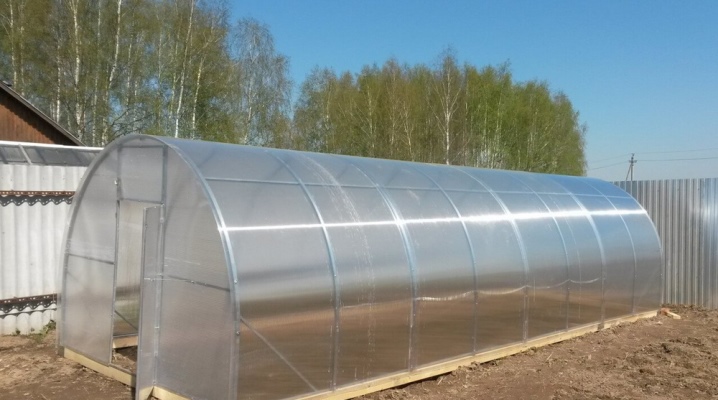
A polycarbonate greenhouse on a timber base - ideal for seasonal construction. A wooden foundation is much easier to build. Even an inexperienced home carpenter can handle such a task. This is the most economical option and is ideal for greenhouse installations. In one day, with due diligence, you can carry out the entire list of necessary work.
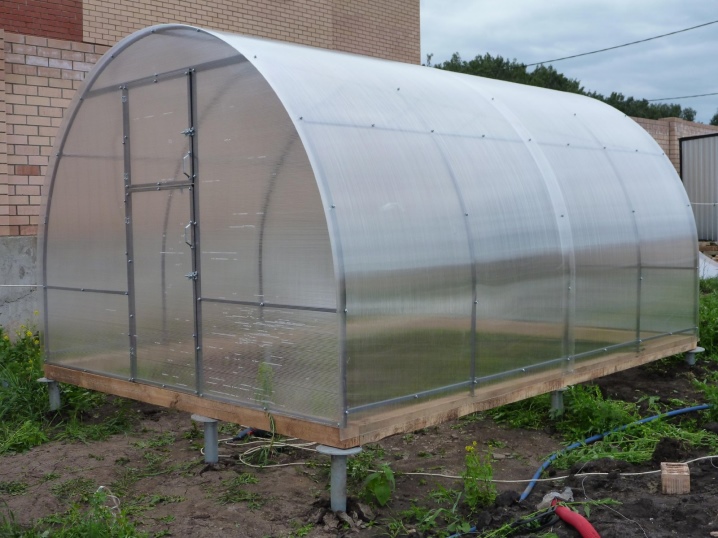
Foundation features
The advantages of a wooden base are very convincing:
- mobility - you can dismantle the structure at any time and move it to a more suitable site;
- environmental friendliness - wood will not harm health both during construction and after laying the foundation;
- minimum number of parts and necessary consumables;
- overall build speed - the wooden foundation is ready for installation of the greenhouse frame on it immediately after assembly;
- manufacturability of material - fastening of foundation parts to each other and to the frame is done without difficulty;
- maintainability - a section of the foundation damaged by insects or moisture can be replaced by lifting the entire structure with a simple jack;
- ease of work with the material - the timber has smooth edges and precise dimensions, so you can easily calculate the required amount of wood.
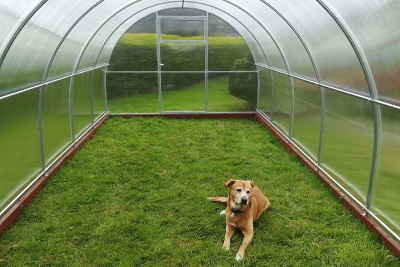
Choice of timber
With these advantages, it is also worthwhile to understand the fact that the basis for the future foundation should be chosen suitable. It is best to use a bar, the size of the sides of which is 5 by 10, 5 by 15, 10 by 10 or 15 by 15 centimeters in width and height, respectively. Such bars withstand the pressure of a weighty structure made of polycarbonate and metal, do not bend or twist. However, if the greenhouse is made precisely of a metal frame, and not of wooden boards, then in order to save money, it is advised to use the first two options.

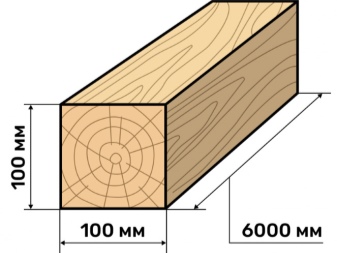
Usually, for the basis of the future greenhouse, either materials from conifers (larch, pine or spruce) or from hardwood are selected.
Let's describe the types of material and their features.
- Spruce. A timber from this breed is of fairly high quality for a relatively small fee. However, such a foundation is in great need of special impregnation in order to prevent rapid rates of decay.

- Oak. Such material will be expensive but very durable. Usually this tree is not used for the erection of such structures, but if such an opportunity arises, then why not put together a beautiful and strong greenhouse for yourself.
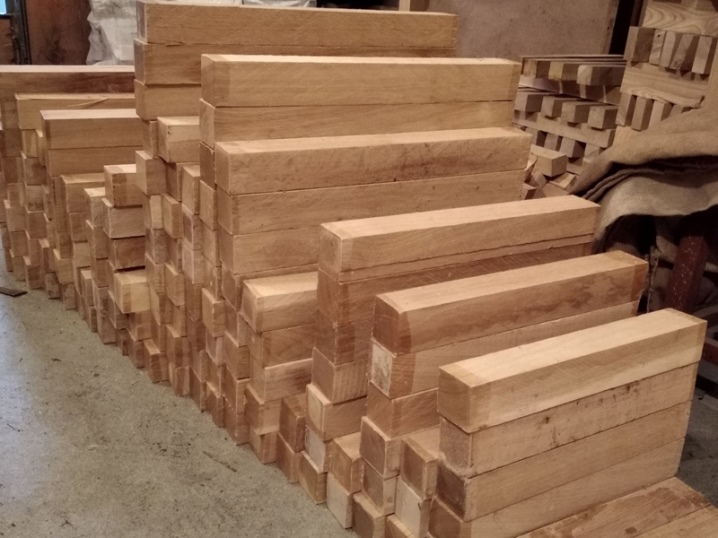
- Larch. The timber from this tree is characterized by good moisture resistance. This is due to the high resin content of the wood. Another distinctive feature is the gradual hardening of larch, which adds durability to such a bar and eliminates the need for additional processing. Only those edges of the timber that are in contact with the ground need this.
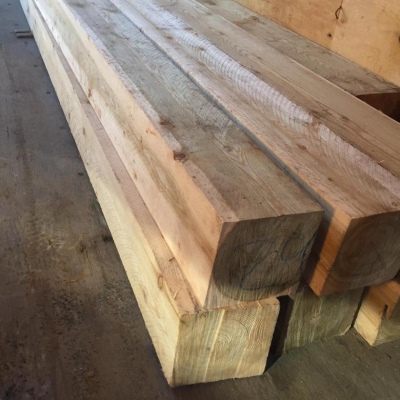
- Pine. A fairly common material that is in demand. Such a bar will be durable, with good resistance to moisture and other negative external influences. The pine base for the greenhouse will turn out to be light, and with proper processing, it will also be durable.
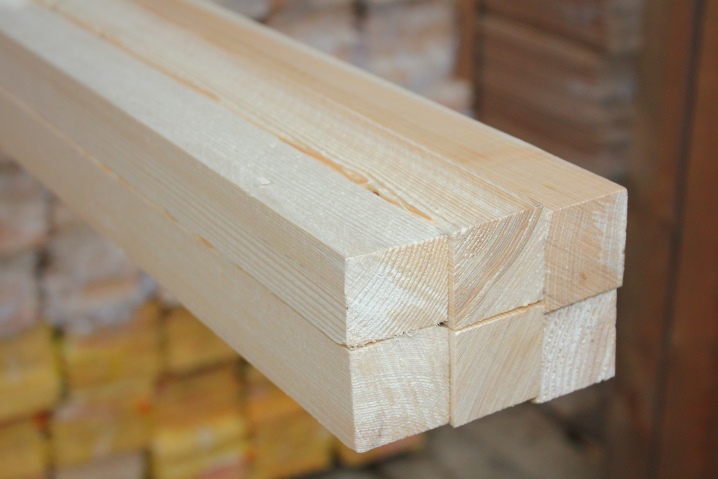
In any case, whatever material is chosen, it must meet the following mandatory requirements:
- have no signs of decay, as well as visible cracks on the surface;
- fit the greenhouse in size and shape;
- do not have knots and rough rough edges on yourself;
- do not be too wet (such material is heavy and will rot very quickly) or too dry (may crack and break during construction work).
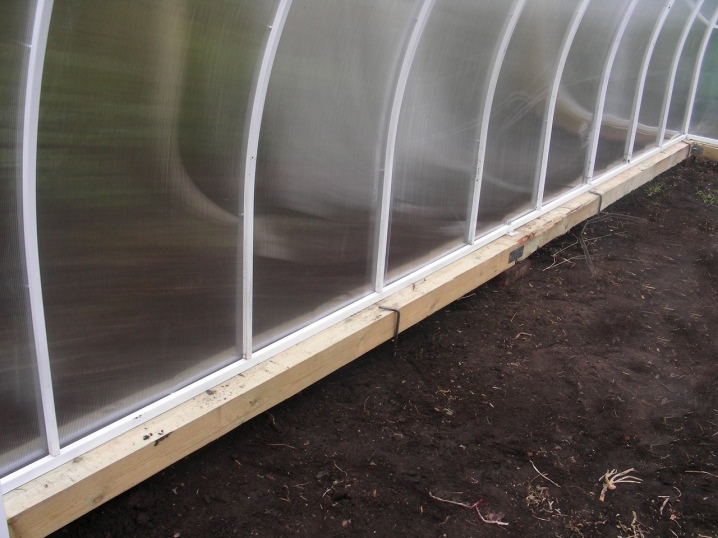
Base construction
Building the foundation begins with choosing a location for the greenhouse. The future base will need to be laid on a flat piece of land. It should be exposed to the sun as much as possible during daylight hours and protected from strong gusts of wind. If the selected location has elevations or depressions, they need to be leveled. However, this is only a desirable option, not at all mandatory.
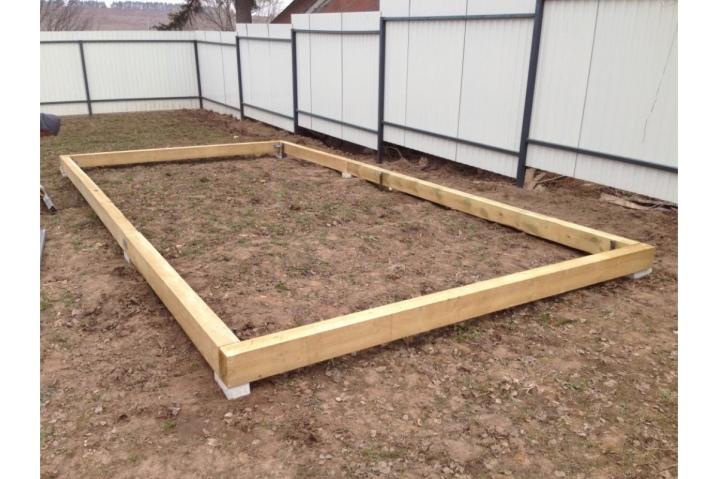
If there is no fairly flat area, then the wooden frame can be fixed to the ground using special legs, adjusting their height and contact area.
But first, the foundation has yet to be assembled. To do this, you need to prepare the necessary materials and tools.
What you need to collect:
- measuring tape and level - needed to calculate the required amount of material;
- a hacksaw and an ax - will help you adjust the timber to size, cut out additional parts;
- hammer, screwdriver, screwdriver, wood screws, thermal washers - they will help in assembling a structure from manufactured parts;
- the bar itself.
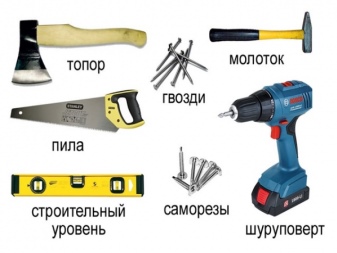

Before starting the assembly, it is necessary to cover the wooden material with an antiseptic, which will protect it from natural inclement weather.
You need to make sure that the chosen coating can be used from the outside. If it is not suitable for this, then it will wash off after the first rain. It is also necessary to know the composition of the coating and its effect on the timber itself. If the tree species is destroyed, then it is definitely not suitable. And finally, you need to control the presence of poison in the treatment. If it is, it will penetrate the ground and kill the plants.
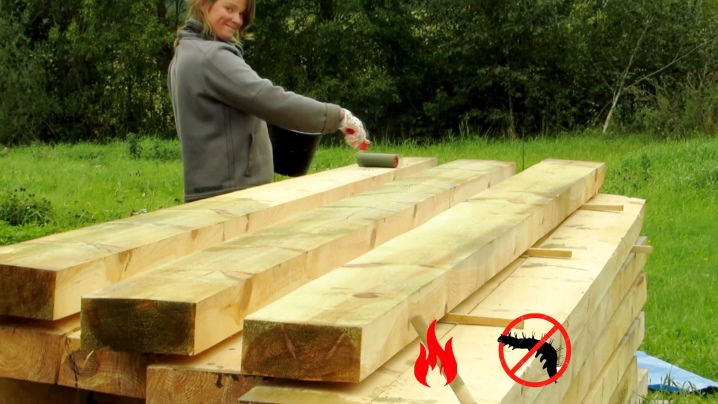
There are ready-made commercial antiseptics. However, there are folk remedies that are not inferior to the first in valuable properties. Most often, builders who want to save money impregnate the timber with used machine oil. You can also take the same oil and mix it with hot bitumen one to one. There is a special processing method for pine needles. You can walk on it with a blowtorch. Then the breed will harden and will be protected from the outside from various destructive external influences.
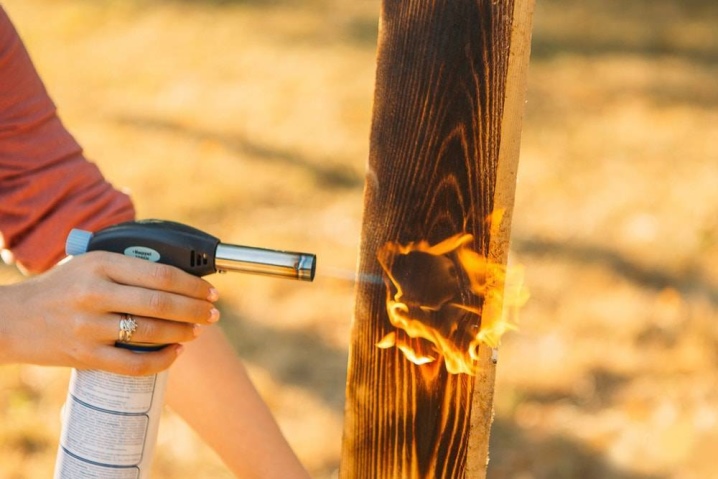
To install the foundation, a trench of about 100x100 mm must be dug. There you will need to put roofing material, and already lay the foundation on it. The beam itself is fastened "in a half-tree". On the fastening parts, opposite parts are cut off. With the resulting cutouts, the parts of the foundation are connected and fastened with bolts or metal corners.
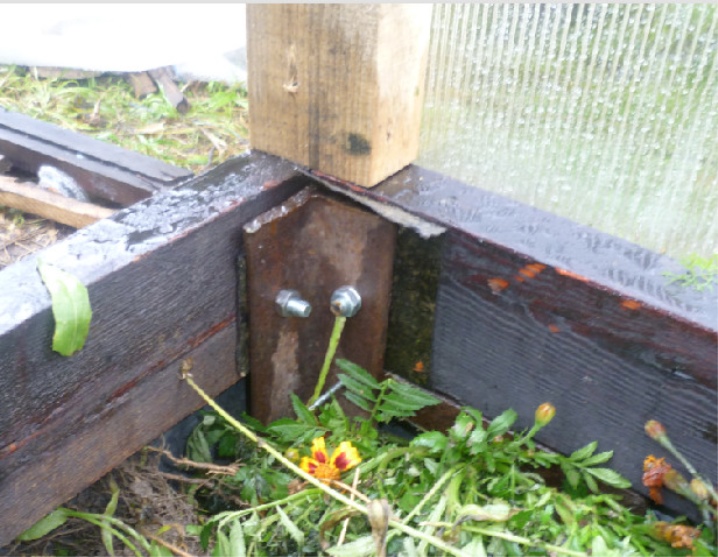
Greenhouse installation
After the foundation assembly is completed, you can proceed to fixing the polycarbonate greenhouse.
It should be clarified right away that the length of the greenhouse should be no more than 6 meters, otherwise the microclimate will become more difficult to maintain.
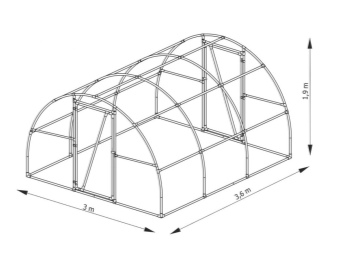
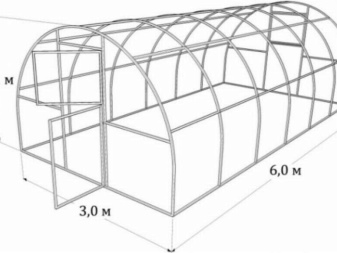
Everyone can properly install the greenhouse on a timber foundation with their own hands - you just need to know some rules:
- The pre-assembled metal frame of the greenhouse is installed on the finished foundation by fastening the legs of the greenhouse to the beams. Fastening work is carried out using anchor bolts.
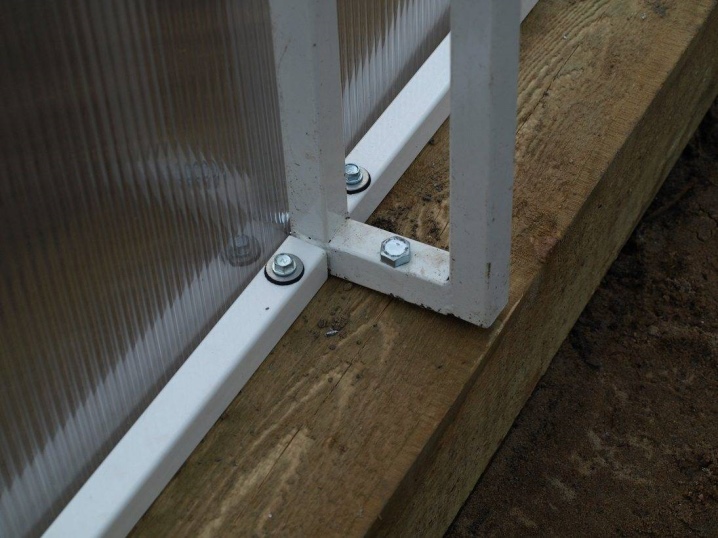
- Before covering, it is recommended to immediately cut into suitable polycarbonate sheets. Cutting should be carried out along the stiffeners.
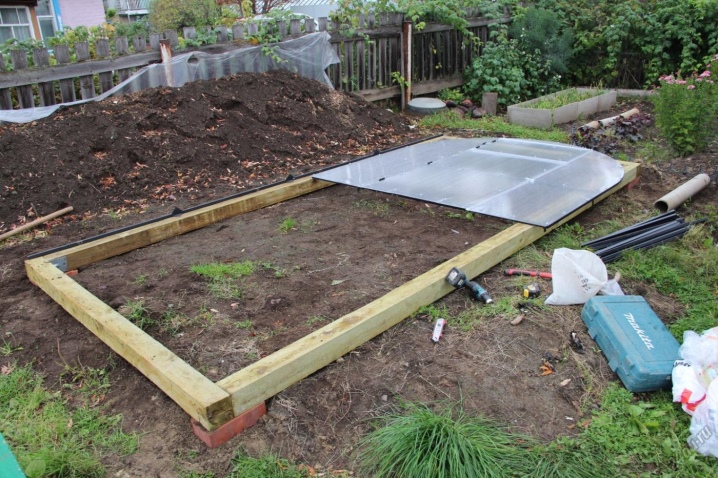
- The first cover sheet must be placed in such a way that it protrudes half a centimeter beyond the extreme arc of the greenhouse. Before starting the installation, it is worth covering the polycarbonate with sealing tape.
- Polycarbonate sheets must be fixed to the greenhouse frame with self-tapping screws with a rubber seal. This will not damage the material. The distance between them should be equal to half a meter. It is also worth remembering that you cannot tighten the screws to the end. You need to leave room for the polycarbonate to move and expand.

- It is necessary to connect pieces of material together using a connecting tape.It should be installed along the supporting arcs of the greenhouse frame.
- For the processing of corners, corner profiles are used, which are also made of polycarbonate and are specially designed for such cases.
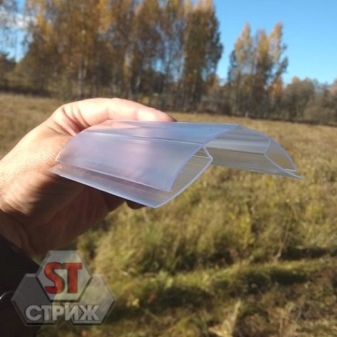

- If, when choosing a place, assembling a foundation and attaching a polycarbonate greenhouse to it, observe all the necessary rules and conditions, such a structure can last up to 20 years and only then will require the necessary repairs. Due to the relative lightness of the entire structure and the simplicity of its assembly, small restoration work can be carried out at any time without complete disassembly.

The process of installing a polycarbonate greenhouse on a timber base in the video below.





























































The comment was sent successfully.